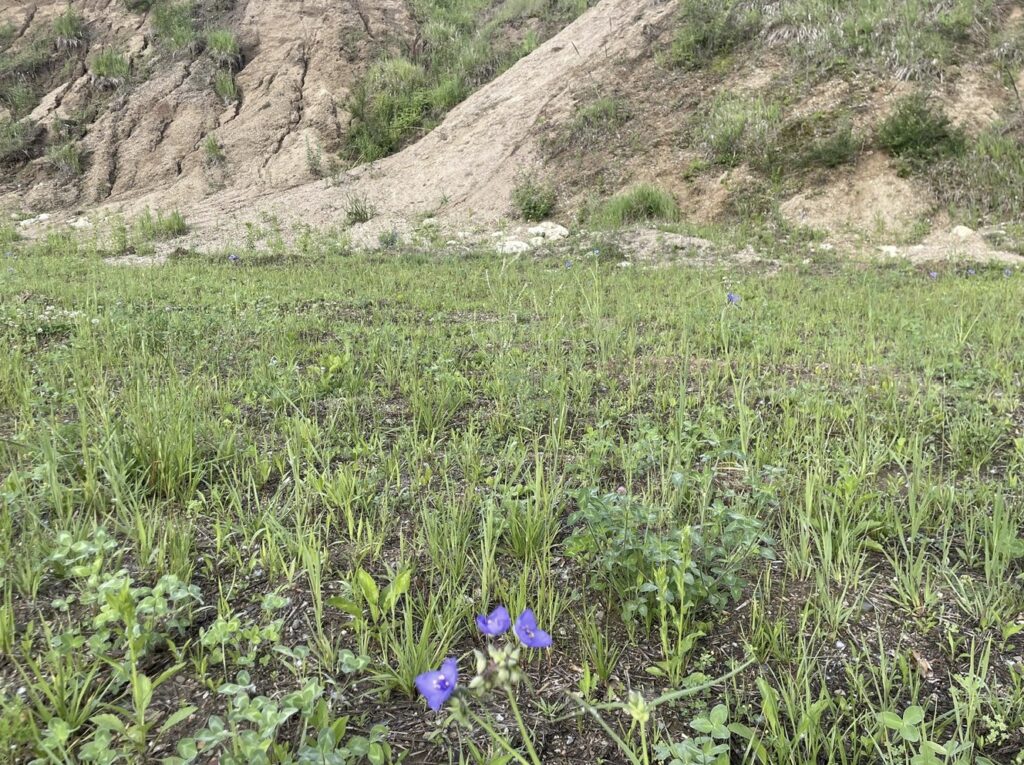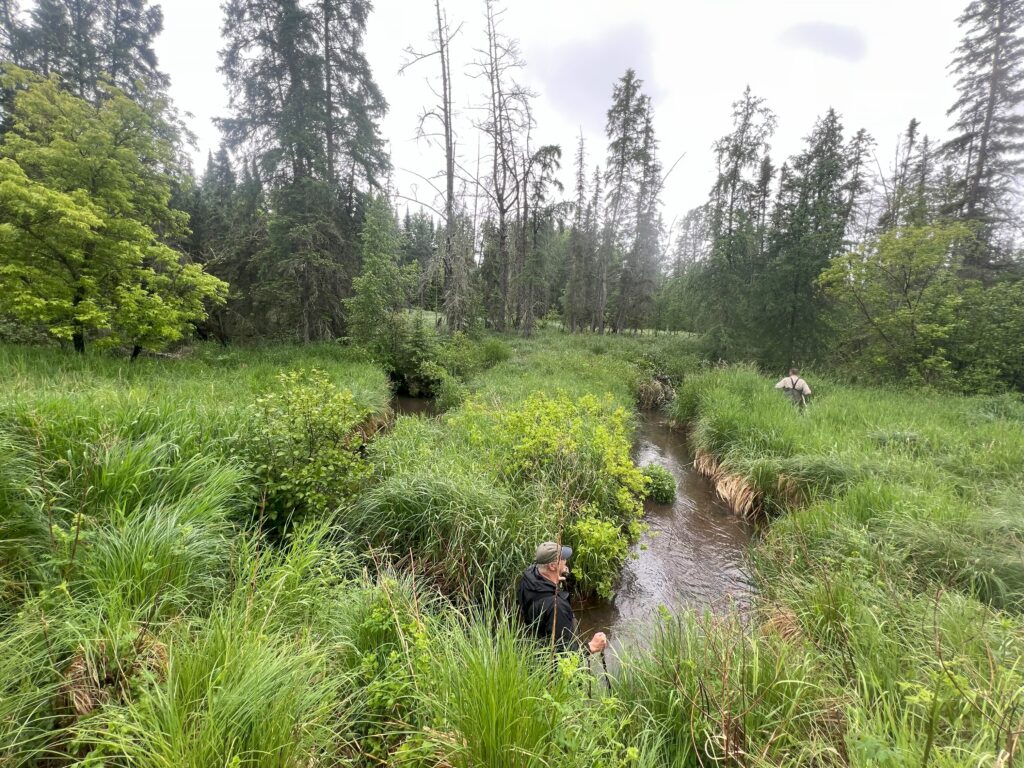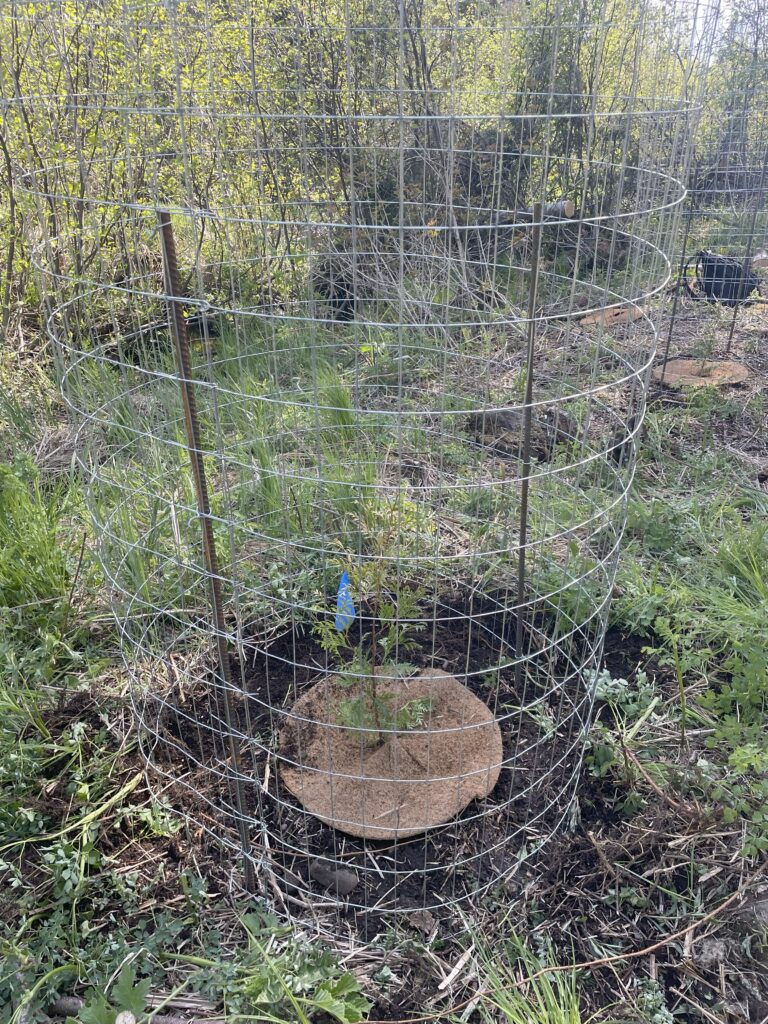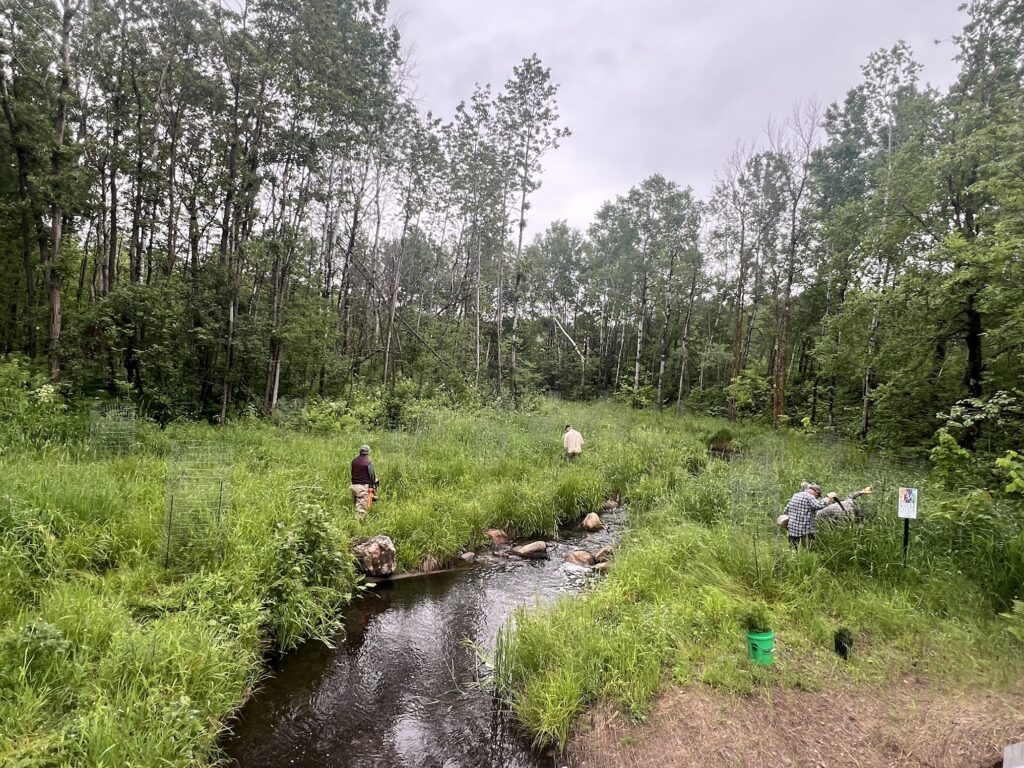Habitat Director’s Report from the Field, July 2025
July is the heart of field season when it comes to carrying out stream restoration work across the state. Tackling riparian invasives, removing barriers to fish passage, scoping future projects, maintaining tree plantings, and implementing large scale instream habitat improvements – the staff, members, volunteers, and contractors of MNTU have been busy.
Here’s a bit of what’s been going on around the state.
Southeast Minnesota
Spring Creek Habitat Improvement Project – Crews recently completed installation of a 1,300-foot habitat improvement project on Spring Creek near West Albany (Wabasha County). The design focused on channel narrowing to improve sediment passage and create deeper water, bank sloping to reconnect the floodplain, and adding important habitat features including riffles for spawning and food production, large pools, and woody cover habitat. Following construction, MNTU and its contractors will focus on establishing native riparian vegetation and monitoring the work.
MNTU has also been checking in on recently completed projects to ensure vegetation is becoming well established. At Mazeppa Creek (installed summer 2024), we are pleased to see that native forbs are thriving – like this spiderwort.

Also in southeast Minnesota, MNTU recently hired a design firm to start the planning for a stream improvement project on the South Branch of the Root River in Lanesboro. MNTU staff, habitat advisory members, DNR staff, design consultants, and representatives from the City of Lanesboro will be on the ground next month to start the design process.
North Central Minnesota
MNTU and local DNR staff recently visited several streams in north central Minnesota to assess the scope of habitat improvement projects on Sucker Brook (near Itasca State Park), Stoney Brook (Brainard), and Little Rock Creek (near St. Cloud).

Twin Cities Metro
Our contractors continue to monitor and do maintenance at Hay Creek and Trout Brook – projects constructed in recent years. Surveys are underway at Trout Brook to continue monitoring for a rare plant that was discovered prior to construction in 2023. So far, the plant is thriving within the area of construction. To that end, our project on Eagle Creek in Savage has been delayed due to the discovery of a state-threatened plant. MNTU promptly worked with DNR staff to acquire a special permit that will enable us to continue the project while taking steps to mitigate any impact to the rare plant. MNTU recently received that permit, but it is likely that construction of the Eagle Creek project will be delayed until 2026.
We also want to thank TCTU for all of the hard work of volunteers removing invasives throughout the metro this spring and early summer – wild parsnip is no match for this crew.
Northeast Minnesota
This spring, MNTU completed a large riparian forest gap planting project along the Lester, French, and Sucker Rivers near Duluth. Crews cleared 240, ~2,000 sq ft gaps of dead and dying balsam fir and spruce that fell to a spruce bud worm infestation and planted them with long lived species, including white cedar, white pine, red pine, Tamarac, sugar maple, red oak, and yellow birch.


The Gitche Gumee chapter and MNTU staff also planted trees along MNTU’s habitat improvement project at Keene Creek Parkin Hermantown. Volunteers planted 48 long-lived white cedar and white pine.
This month, MNTU staff will also be on the ground with our partners (DNR and SSL SWCD) to continue design work for upcoming projects at Amity Creek and Keene Creek in Duluth. Construction for these projects is expected in summer 2026.
All of these projects are supported by Lessard Sams Outdoor Heritage Fund
